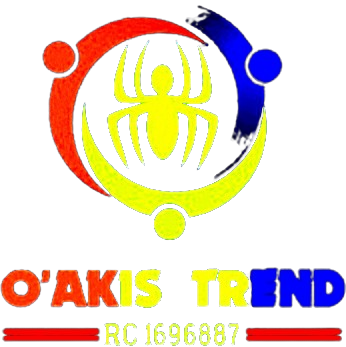Sustainable real estate development is no longer a niche market but a fundamental approach shaping the future of the construction and property management industries. As environmental concerns grow and regulatory pressures increase, the demand for sustainable buildings is rising. This shift is driving innovation in construction practices, materials, and design philosophies. In this blog post, we explore the principles of sustainable real estate development and the benefits it offers to investors, tenants, and the environment.
Understanding Sustainable Real Estate Development
Sustainable real estate development aims to minimize the environmental impact of buildings while promoting economic viability and social well-being. It encompasses various strategies and practices, including energy efficiency, the use of renewable resources, waste reduction, and creating healthy living and working environments.
Key Principles of Sustainable Development:
1. Energy Efficiency: Designing buildings to reduce energy consumption through improved insulation, efficient HVAC systems, and smart energy management.
2. Renewable Energy: Integrating solar panels, wind turbines, and other renewable energy sources to power buildings.
3. Sustainable Materials: Using eco-friendly materials like recycled steel, bamboo, and low-VOC (volatile organic compound) paints.
4. Water Conservation: Implementing water-saving technologies such as low-flow fixtures, rainwater harvesting, and greywater recycling systems.
5. Waste Reduction: Minimizing construction waste through better planning, recycling, and reusing materials.
6. Healthy Environments: Ensuring good indoor air quality, natural lighting, and access to green spaces to enhance the well-being of occupants.
Benefits of Sustainable Real Estate Development
1. Environmental Impact:
– Reduced Carbon Footprint: Sustainable buildings consume less energy, reducing greenhouse gas emissions.
– Resource Conservation: Efficient use of water and materials conserves natural resources and reduces waste.
– Biodiversity Protection: Green roofs and urban green spaces support local ecosystems and biodiversity.
2. Economic Advantages:
– Lower Operating Costs: Energy-efficient buildings have lower utility bills, reducing operating expenses.
– Higher Property Value: Sustainable properties often have higher market values and rental rates due to growing demand.
– Incentives and Funding: Many governments offer tax incentives, grants, and subsidies for sustainable building projects.
3. Social Benefits:
– Health and Well-being: Better indoor air quality and access to natural light contribute to the health and productivity of occupants.
– Community Engagement: Sustainable developments often include communal spaces and amenities that foster community interaction.
– Resilience: Sustainable buildings are often designed to withstand environmental challenges, such as extreme weather events.
Innovative Practices in Sustainable Development
1. Green Building Certifications:
Achieving certifications like LEED (Leadership in Energy and Environmental Design), BREEAM (Building Research Establishment Environmental Assessment Method), and WELL can validate a building’s sustainability and boost its market appeal.
2. Smart Building Technologies:
Utilizing IoT (Internet of Things) devices and smart systems for energy management, security, and building operations enhances efficiency and reduces waste.
3. Biophilic Design:
Incorporating natural elements into building design, such as green walls, natural light, and ventilation, improves the well-being of occupants and reduces stress.
4. Modular and Prefabricated Construction:
These construction methods minimize waste and energy use by producing building components in controlled factory environments.
Case Studies in Sustainable Real Estate Development
1. One Central Park, Sydney, Australia:
Known for its vertical gardens, this mixed-use development uses renewable energy sources, recycled water, and innovative waste management systems. It has become a model for integrating nature into urban settings.
2. The Edge, Amsterdam, Netherlands:
Often cited as one of the world’s most sustainable office buildings, The Edge uses smart technology to optimize energy use, features solar panels, and has a highly efficient water management system.
3. Bosco Verticale, Milan, Italy:
These residential towers incorporate extensive greenery to improve air quality, reduce noise, and create a unique aesthetic. The buildings use renewable energy sources and efficient water systems.
Sustainable real estate development is essential for creating a resilient, prosperous, and healthy future. By embracing sustainable practices, developers can not only meet regulatory requirements but also unlock significant economic, environmental, and social benefits. As awareness and demand for sustainability continue to grow, those who lead the way in sustainable development will be well-positioned to thrive in the evolving real estate landscape. Building for the future means committing to sustainability today, ensuring that our urban environments can support generations to come.
